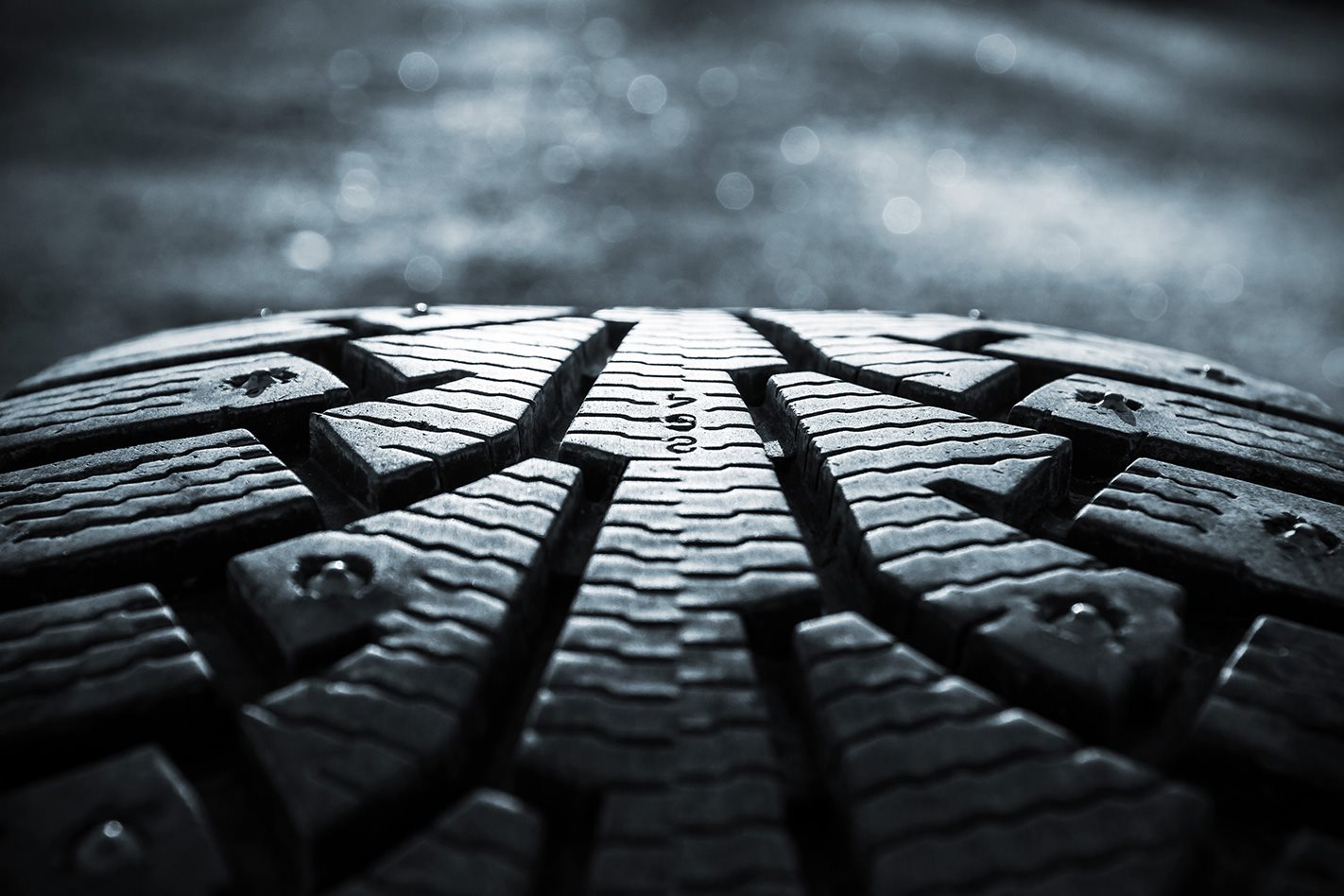
Checking your tyre pressures is one of the easier practices of car maintenance and should also be the most regular. Monthly checks are recommended, or every second time you refuel. Filling your tyres to the right PSI will ensure your tyres maintain grip to the road and prevent any nasty issues where you may lose control. As a bonus, the right amount of air in your tyres will also improve fuel economy.
The right tyre pressure for your car will be listed on the manufacturer’s tyre placard, usually stuck on the driver’s side B-pillar.
ROTATE YOUR TYRES
This isn’t something mechanics do just to charge you a few extra dollars on your service invoice. Your car’s weight varies from front to rear. With most car’s carrying weight in the front of the car, this can cause your front tyres to wear quicker than the rear ones.
A rotation should be performed every 8000 to 10,000km.
Every 10,000km, it’ll be time to not only rotate your tyres, but also book yourself in for a wheel alignment. When a mechanic re-aligns your wheels, he’s correcting your car’s suspension and steering which in turn, ensures your tyres are properly aligned with the car’s axles, to give you better handling and more even wear. Again, it’ll also save you fuel costs (noticing a pattern here between tyres and fuel usage?).
Driving over potholes or hitting a curb can push your wheels out of alignment. There are some obvious signs that things are not in alignment. The steering wheel will vibrate at high speeds, or pull to one side.
Tread is the part of your tyre that connects to the road and removes water during wet weather to ensure maximum grip. It’s a legal requirement your tread depth is a minimum of 1.5mm. Once it reaches this, it’s time to get them replaced. As this wears over time, it causes your tyres to lose grip with the road, and also means your car is no longer roadworthy. A tyre wear indicator is located around your tyre to help you know when it’s time to get them replaced.



